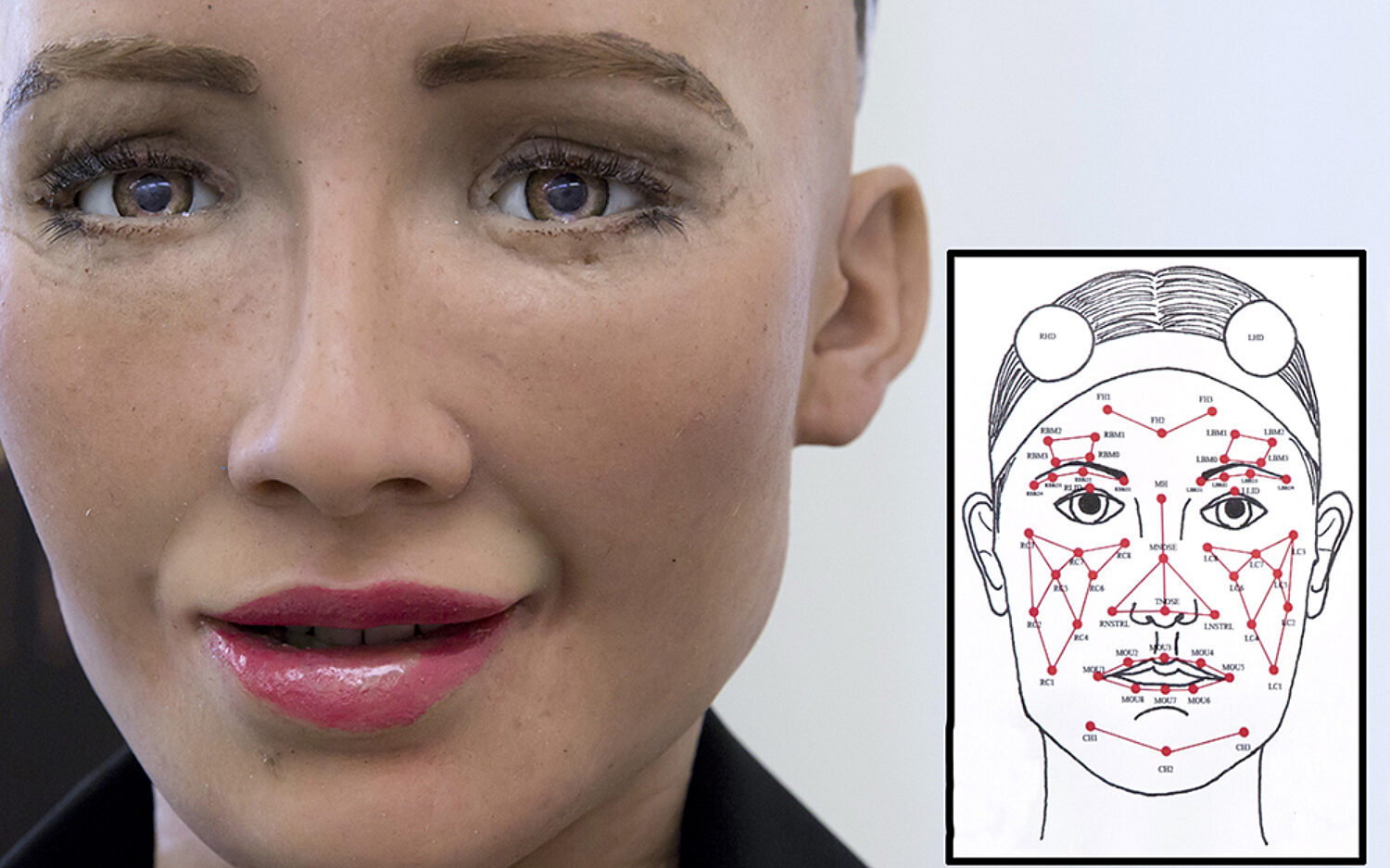Is Sophia a clever marketing trick? Or is she the future? A Texas-born former sculptor for Walt Disney Imagineering is convinced she’s the latter. David Hanson envisions artificial-intelligence (AI) powered robots becoming “super-intelligent genius machines.” His start-up company Hanson Robotics is based in Hong Kong. The business combines AI with China’s toy design expertise to craft humanoid “social robots.” Hanson believes people will trust robots with lifelike faces and want to interact with them.
Sophia is Hanson’s most famous creation. She is modeled after the Golden Age of Film actress, Audrey Hepburn. Hanson calls the talking, animated robot his “masterpiece.” She has appeared on television talk shows, participating in interviews as if she were a human guest. She talks to Hanson too.
On a visit to company headquarters, Sophia asked, “Do you ever look around you and think, ‘Wow I’m living in a real world science fiction novel?’ Is it weird to be talking to a robot right now?”
Sophia is still a work in progress. A multinational team of engineers fine-tune her appearance. They rework the algorithms that make her smile and blink. Her understanding and communication skills get refined.
With the help of a South Korean robotics company, Sophia’s going mobile. It’s not perfect yet, but she shuffles slowly on boxy legs. Her skin is made of a realistic material that Hanson invented and dubbed “Frubber”—short for flesh-rubber. Cameras in her eyes and a 3-D sensor in her chest help her to “see.” A processor that serves as her brain combines facial and speech recognition, language processing, and motion. Sophia seems friendly and engaging, despite some unnatural speech pauses.
Hanson says he makes his robots as human-like as possible to help alleviate fears about robots, artificial intelligence, and automation. Others in the industry make cute robo-pets or overtly machine-like robots to avoid the creepy factor of humanoid robots.
For now, AI is still in its infant stages. It has a long way to go to reach “genius” level. Unlike human toddlers, whom God gave five senses to learn with, machines can handle only one type of input at a time. That’s very limiting.
But Hanson and his team members set their sights high. They’re working toward a future in which AI robots care for seniors, lead therapy with autistic children, and provide customer services.
What do you think about human-like robots—rather than living humans made in God’s image—performing those roles? Is it progress, or will the cost to human service and relationship be too great?



















